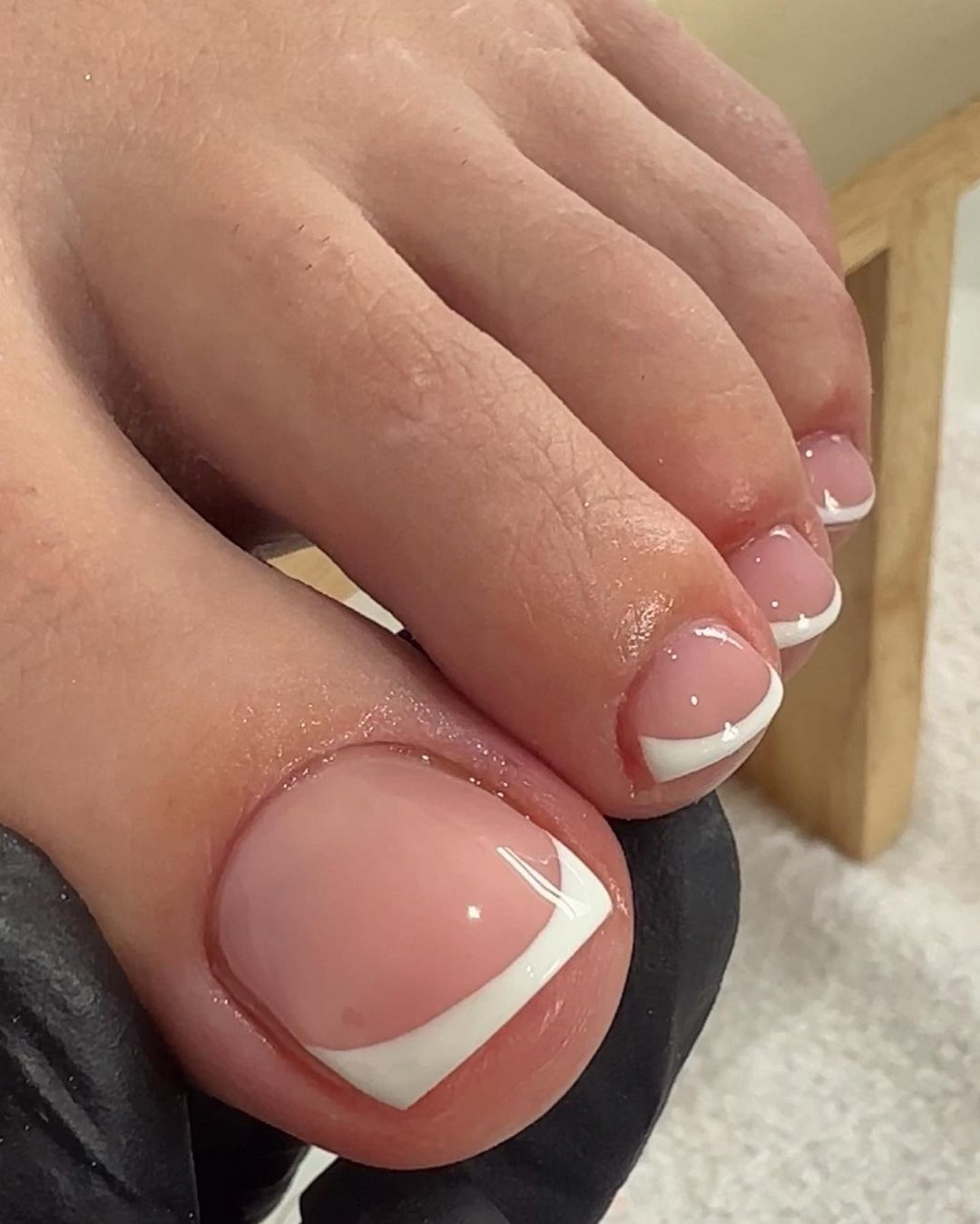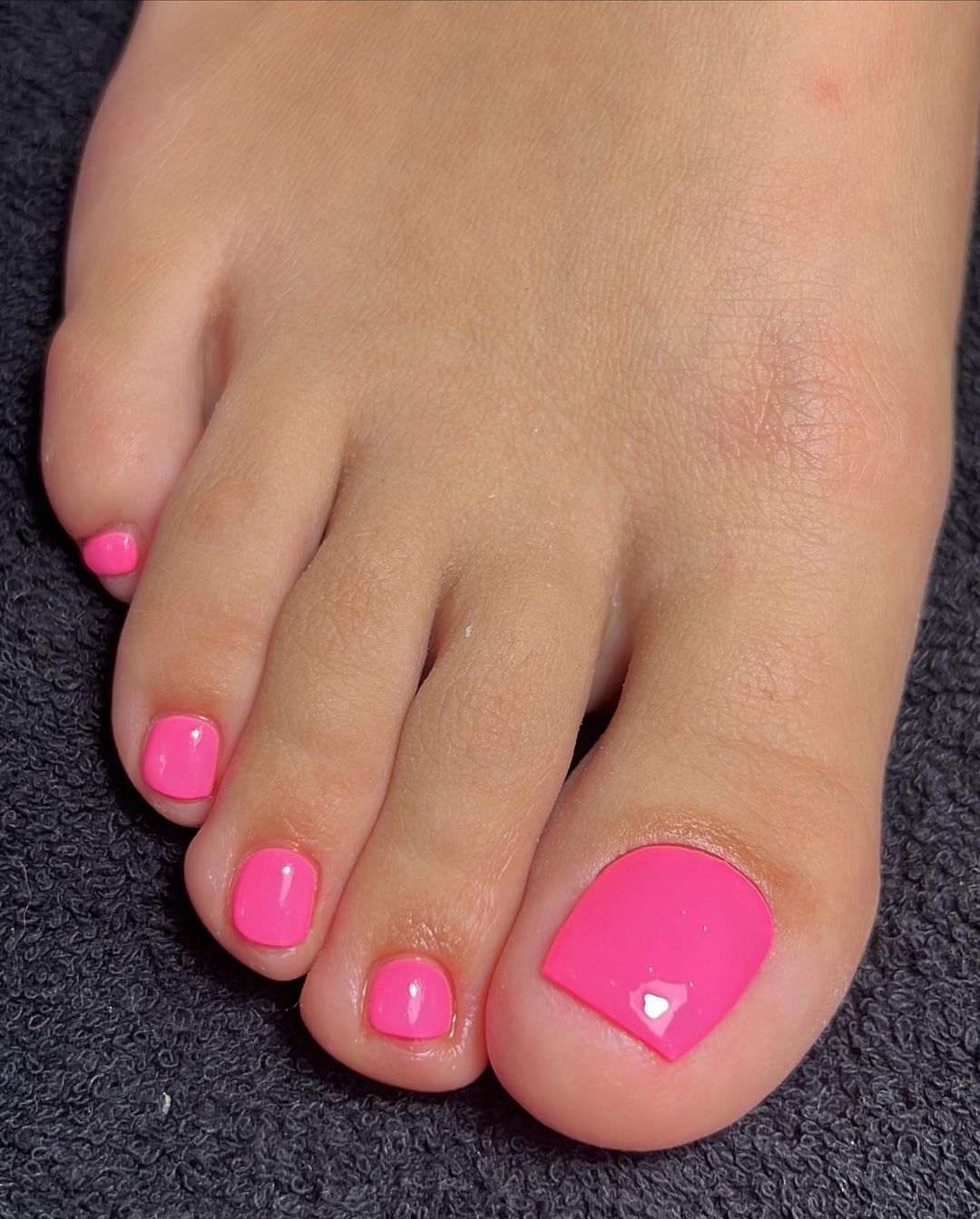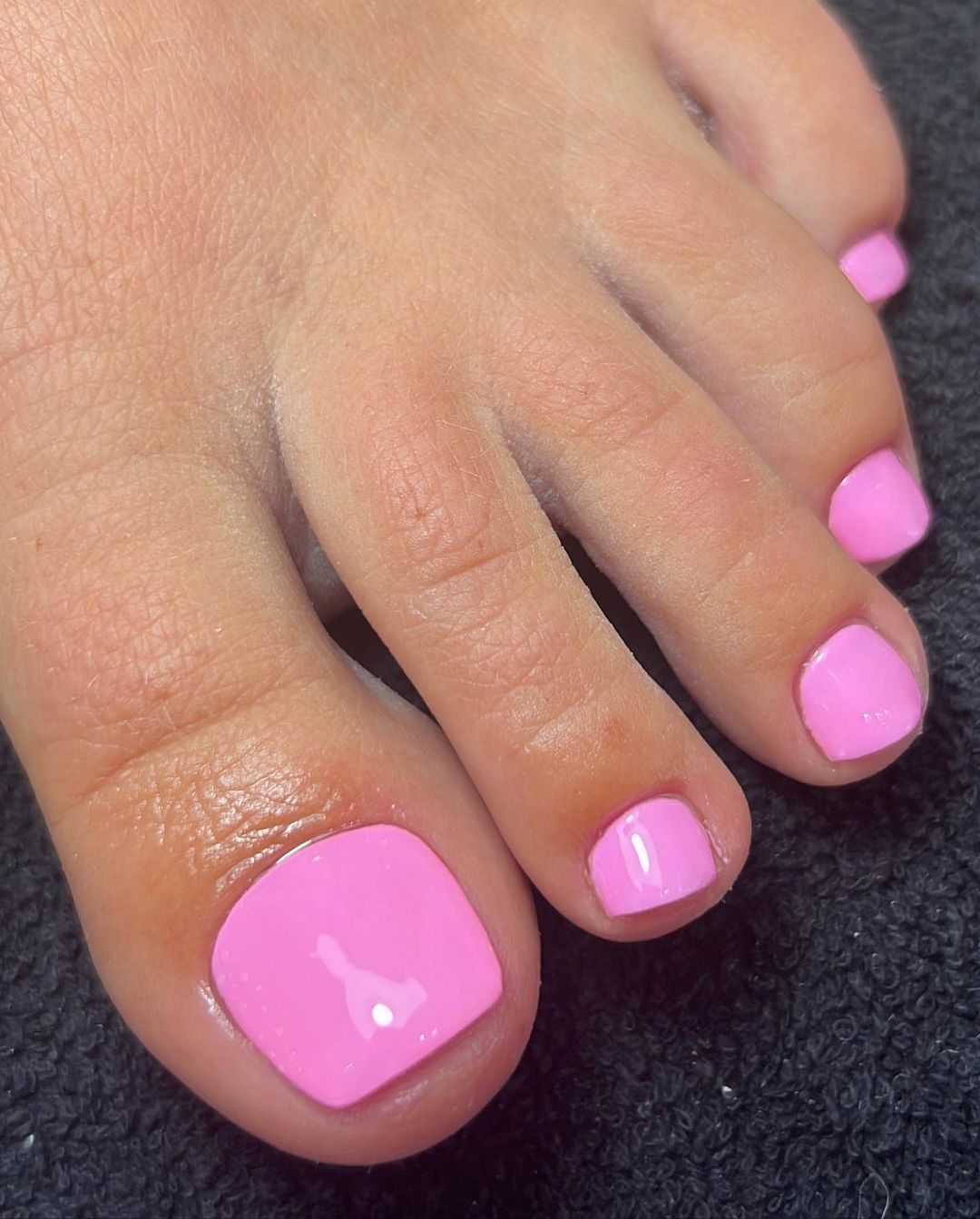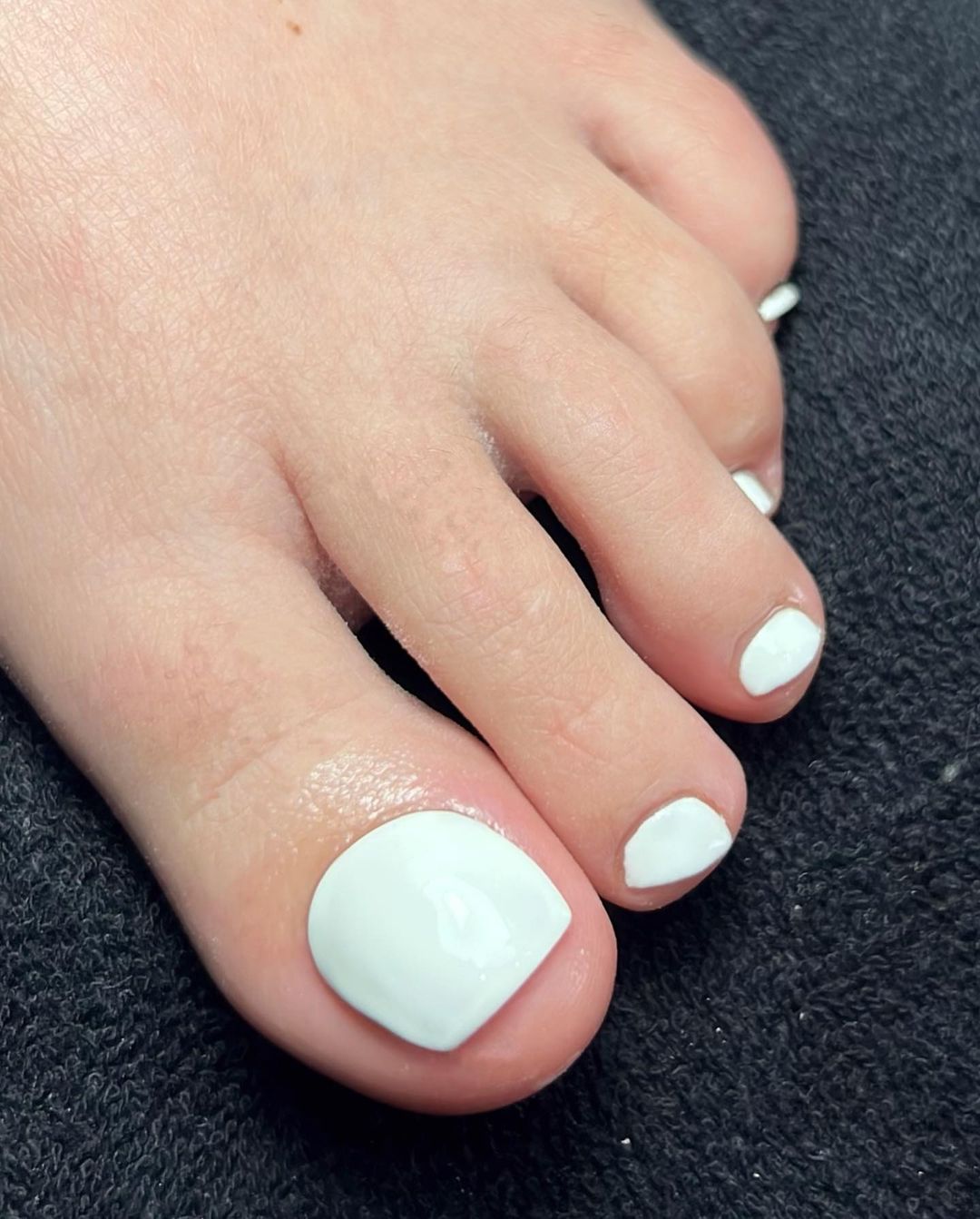Toenails are often overlooked but play a crucial role in our overall foot health. From protecting our toes to aiding in balance and grip, healthy toenails are essential. However, various conditions can affect our toenails, causing discomfort, pain, and even impaired mobility. In this comprehensive blog post, we will explore common toenail problems, their causes, symptoms, and effective treatments.
Ingrown Toenails: Causes, Symptoms, and Home Remedies
What is an Ingrown Toenail?
An ingrown toenail is a condition where the edge or corner of the toenail grows into the surrounding skin, causing inflammation, pain, and sometimes infection. This condition is particularly common in the big toes.
Causes of Ingrown Toenails

- Improper toenail trimming: Cutting toenails too short or cutting the corners can lead to ingrown nails.
- Tight shoes or socks: Footwear that puts excessive pressure on the toes can cause the nail to grow inward.
- Injury: Trauma to the toenail, such as stubbing or jamming, can cause the nail to grow improperly.
- Poor foot hygiene: Not keeping the feet clean and dry can increase the risk of ingrown toenails.
- Genetics: Some people are more prone to ingrown toenails due to their nail shape or thickness.
Symptoms of Ingrown Toenails
- Pain and tenderness along the edge of the toenail
- Redness and swelling around the affected area
- Discharge of pus or fluid (if infected)
- Difficulty walking or wearing shoes
Home Remedies for Ingrown Toenails
Soak and Elevate
- Soak the affected foot in warm water with Epsom salts or antibacterial soap for 15-20 minutes daily.
- Elevate the foot to reduce swelling and discomfort.
Proper Nail Trimming

- Trim the toenail straight across, avoiding cutting the corners too short.
- Use a nail file to gently file down any sharp edges.
Dental Floss or Cotton Technique
- Carefully insert a small piece of dental floss or cotton under the ingrown nail edge to lift it away from the skin.
- Replace the floss or cotton daily until the nail grows out.
Over-the-Counter Medications
- Use over-the-counter pain relievers or anti-inflammatory medications to reduce pain and swelling.
- Apply antibiotic ointments to prevent infection.
If home remedies fail to provide relief or if the ingrown toenail becomes severely infected, it is essential to seek professional medical attention from a podiatrist or a qualified healthcare provider.
Fungal Toenail Infections: Diagnosis, Treatment, and Prevention
What is a Fungal Toenail Infection?
A fungal toenail infection, also known as onychomycosis, is a common condition caused by a group of fungi called dermatophytes. These fungi thrive in warm, moist environments and can invade the toenail, causing discoloration, thickening, and crumbly or brittle nails.
Causes of Fungal Toenail Infections

- Excessive moisture: Fungi thrive in warm, damp environments, such as sweaty shoes or damp socks.
- Weakened immune system: People with weakened immune systems are more susceptible to fungal infections.
- Diabetes: Individuals with diabetes have a higher risk of developing fungal toenail infections.
- Nail injuries: Cracks or breaks in the toenail can provide an entry point for fungi.
- Aging: As we age, our nails become thicker and more susceptible to fungal infections.
Symptoms of Fungal Toenail Infections
- Discoloration of the toenail (yellow, brown, or white streaks)
- Thickening and crumbling of the toenail
- Distorted or misshapen toenail
- Foul odor from the affected toenail
Diagnosis and Treatment
Diagnosis
- Physical examination: A healthcare provider will inspect the affected toenail for signs of fungal infection.
- Nail clippings or scrapings: A sample may be taken and sent to a laboratory for analysis to confirm the presence of fungi.
Treatment Options

- Oral antifungal medications: Prescription oral antifungal drugs, such as terbinafine or itraconazole, are effective in treating fungal toenail infections but may have potential side effects.
- Topical antifungal treatments: Over-the-counter or prescription topical antifungal solutions, lacquers, or creams can be applied directly to the affected toenail.
- Laser treatment: Some healthcare providers use laser therapy to target and destroy the fungus within the toenail.
- Surgical removal: In severe cases, the toenail may need to be partially or completely removed to allow for proper treatment and regrowth of a healthy nail.
Prevention of Fungal Toenail Infections
- Keep feet clean and dry: Wash and thoroughly dry your feet, especially between the toes.
- Wear breathable socks and shoes: Choose moisture-wicking materials to reduce moisture buildup.
- Disinfect shoes and socks: Regularly clean and disinfect shoes and socks to prevent fungal growth.
- Avoid sharing personal items: Do not share socks, towels, or nail clippers with others to prevent the spread of fungi.
- Trim toenails properly: Cut toenails straight across and avoid excessive trimming to prevent injury and potential fungal entry points.
Toenail Fungus: Natural Remedies and Home Treatments
While medical treatments are often necessary for severe cases of toenail fungus, some natural remedies and home treatments may help manage mild to moderate infections or complement traditional therapies.
Tea Tree Oil
Tea tree oil has antifungal and antiseptic properties that can help fight toenail fungus. Here’s how you can use it:
- Mix a few drops of tea tree oil with a carrier oil (e.g., coconut oil or olive oil).
- Apply the mixture directly to the affected toenail using a cotton ball.
- Repeat this process once or twice daily.
Baking Soda
Baking soda has antifungal and antibacterial properties that can help control toenail fungus.
- Mix baking soda with water to form a paste.
- Apply the paste to the affected toenail and let it sit for 10-15 minutes.
- Rinse off with water and dry the foot thoroughly.
- Repeat this process once or twice daily.
Apple Cider Vinegar
Apple cider vinegar is known for its antifungal and antiseptic properties.
- Mix equal parts of apple cider vinegar and warm water.
- Soak the affected foot in the solution for 30 minutes.
- Rinse and dry the foot thoroughly.
- Repeat this process once or twice daily.
Oregano Oil
Oregano oil contains compounds with antifungal properties that can help fight toenail fungus.
- Dilute oregano oil with a carrier oil (e.g., coconut oil or olive oil).
- Apply the mixture directly to the affected toenail using a cotton ball.
- Repeat this process once or twice daily.
Garlic
Garlic contains allicin, a compound with antifungal properties that can help combat toenail fungus.
- Crush a clove of garlic and apply the paste to the affected toenail.
- Cover with a bandage or sock and leave it on overnight.
- Rinse and dry the foot in the morning.
- Repeat this process daily.
It’s important to note that while these natural remedies may help manage mild to moderate toenail fungus, severe or persistent cases may require medical treatment. Always consult a healthcare professional for proper diagnosis and treatment recommendations.
Toenail Trauma: Causes, Symptoms, and When to Seek Help
Causes of Toenail Trauma
Toenail trauma can occur due to various reasons, including:
- Dropping heavy objects on the toes
- Stubbing the toes against hard surfaces
- Sports injuries or accidents involving the feet
- Repetitive trauma from tight shoes or activities like running
Symptoms of Toenail Trauma
The symptoms of toenail trauma can range from mild to severe, depending on the extent of the injury. Common symptoms include:
- Pain and tenderness in the affected toe
- Swelling and bruising around the toenail
- Bleeding under the toenail (subungual hematoma)
- Detachment or separation of the toenail from the nail bed
When to Seek Help
While mild cases of toenail trauma may resolve on their own with home care, it is important to seek medical attention if you experience:
- Severe pain or difficulty bearing weight on the affected toe
- Excessive swelling, redness, or warmth around the toenail
- Signs of infection, such as pus or discharge
- Persistent bleeding or a visible deformity of the toenail
A healthcare provider can assess the extent of the injury and provide appropriate treatment, which may include draining a subungual hematoma, prescribing antibiotics for an infected toe, or providing guidance on proper nail care to prevent complications.
Home Care for Toenail Trauma
If you’ve experienced minor toenail trauma, you can try the following home care tips to promote healing:
- Soak the affected foot in warm water to help reduce pain and swelling.
- Keep the toenail clean and dry to prevent infection.
- Trim any loose or detached parts of the toenail to prevent snagging and further injury.
- Apply a sterile bandage or dressing to protect the toe and keep it clean.
- Avoid wearing tight or constricting footwear that can put pressure on the injured toenail.
By practicing proper home care and seeking medical attention when necessary, you can ensure optimal healing and prevent complications associated with toenail trauma.
Healthy Toenails: Tips for Prevention and Care
Proper Hygiene Practices
Maintaining good foot hygiene is essential for healthy toenails. Here are some tips to follow:
- Wash your feet daily with soap and water, ensuring to dry them thoroughly, especially between the toes.
- Trim toenails straight across to prevent ingrown nails, and file any sharp edges.
- Wear clean, moisture-wicking socks and well-fitted shoes to prevent fungal growth.
- Rotate your shoe collection to allow each pair to air out between wears.
Balanced Diet and Hydration

A balanced diet rich in vitamins and minerals is crucial for overall nail health. Ensure adequate intake of the following nutrients:
- Biotin: Found in eggs, nuts, and whole grains, biotin promotes healthy nail growth.
- Iron: Include iron-rich foods like lean meats, spinach, and legumes to prevent brittle nails.
- Hydration: Drink plenty of water to keep your nails hydrated and prevent dryness and brittleness.
Protective Measures
Toenails can be prone to injuries, so consider the following protective measures:
- Wear protective footwear during activities that pose a risk of trauma, such as construction work or sports.
- Use caution when trimming toenails to avoid cutting too short or at an angle that can lead to ingrown nails.
- Apply a moisturizing cream or lotion to keep toenails and surrounding skin hydrated.
Regular Check-ups
Include your toenail health in regular foot exams or wellness visits with a healthcare provider. They can identify early signs of infections, abnormalities, or conditions that may affect your toenails and provide appropriate interventions.
Professional Care
Visit a podiatrist or foot specialist for persistent toenail issues, such as recurring infections, ingrown toenails, or changes in nail color or texture. They can offer specialized treatments and recommendations tailored to your specific needs.
Incorporating these tips into your daily routine can help maintain healthy toenails and prevent common issues that may arise. Prioritizing proper foot care and seeking professional guidance when needed can support overall nail health and quality of life.
Conclusion
Taking care of your toenails is an essential part of overall foot health. From common conditions like ingrown toenails and fungal infections to traumatic injuries, understanding the causes, symptoms, and treatment options can help you better manage and prevent these issues.
By following proper hygiene practices, incorporating preventive measures, and seeking timely medical attention, you can promote healthy toenails and minimize the risk of complications. Whether utilizing natural remedies, home treatments, or professional care, prioritize the well-being of your toenails to support your comfort and mobility.
Remember, if you have concerns about your toenail health or experience persistent symptoms, consult a healthcare provider for accurate diagnosis and personalized treatment recommendations. Your feet carry you through life; give them the care and attention they deserve.